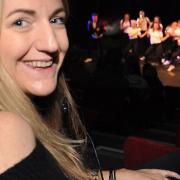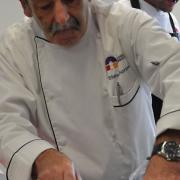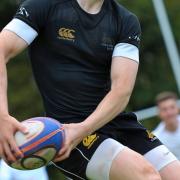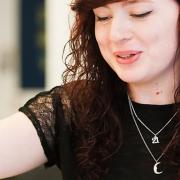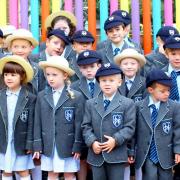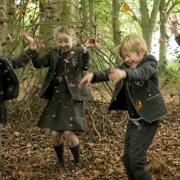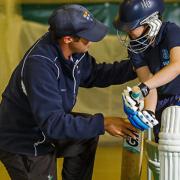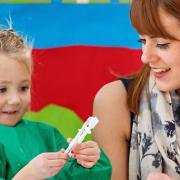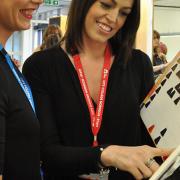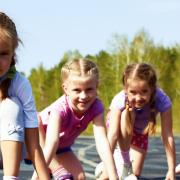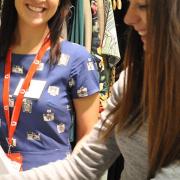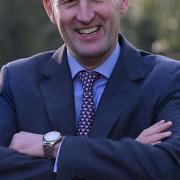How the Norfolk schools are enthusing children for science and maths?
Showing how maths and science are relevant, exciting, interesting, and can lead to well-paid jobs is the key for older children, according to our head teachers. And inspiring pupils with experiments and fun is the key for younger ones, they add.
“People do think the only point of science is medicine or nursing and if ‘I don’t like blood, I don’t like science’” says Alex Hayes, principal of University Technical College Norfolk, in Norwich. “If you are in a classroom doing trigonometry, you are thinking ‘What is this about?’ When we teach it we say for example, we want to know the height of that pylon holding a wind turbine in the North Sea and what are the revs per minute? It’s making it relevant so you don’t have kids saying ‘Why do I need to know this?
“With subject specialist teachers, students are taught by teachers who love their subjects. They’re being taught physics by a physics teacher who really loves the subject, and so on - they’re not being taught, for example, biology by a physics teacher. The kids come out loving physics, chemistry and biology,” he adds.
Rebecca Handley Kirk, headteacher at specialist maths and science school Sir Isaac Newton Sixth Form in Norwich, agrees.
“It is about engaging with the real life science and maths that they are going to need. It’s trying to make it as hands-on as possible, to encourage students to ask why this is happening and not to be worried to be wrong,” she says. “If they can see the relevance, they’re interested. If they see the opportunities, the different careers in engineering, the future, it means more to them.”
Enthusing children while young is key, say our prep schools.
Stephen Crump, head at Hethersett Old Hall School (HOHS), says the school takes the everyday world - from art to nature – as a starting point to engage pupils in scientific enquiry.
“Children are naturally curious about our world, but like to be hands-on, so we try to lead them from the spectacular (and usually messy) to the theoretical. Nobody is grabbed by a boring old formula, but making slime – that’s a different matter,” he says, mentioning a Year Six Gopher Science day, which is a practical day, supported by a grant for HOHS and other local Year Six pupils.
“Some of the scientific delights of this day were learning how butterflies drink, making cotton reel tanks and blowing up King Kong hands! They loved it,” he says.
Entering competitions enthuses youngsters too, as do relevant trips, such as to the Christmas lectures at the Science Museum in London, the John Innes Centre in Norwich, microscopy days, the Institute of Food Research and Science Cafes in Norwich.
It’s the same for maths, says Simon Lawry, head of maths at Town Close School in Norwich. “As much as there is a place for fast recall of knowledge and facts, it is important that these are not over-emphasised at the expense of problem-solving exercises, as this can give pupils a distorted perspective of the purpose of these subjects.
“In addition, it is vital that pupils are challenged in an environment where they feel comfortable taking risks and are given regular cross-curricular experiences that are diverse in nature,” he says.
At Town Close, for instance, pupils use the woodland to solve QR (quick response) based maths trails, plant rocket seeds as part of the astronaut Tim Peake’s experiment on how growth differs in seeds that have been in space compared to those that have stayed on Earth, and compete in regional, national and international competitions or challenges.
“We have also seen the merits of inviting larger companies to work within the school, such as Caterham and Bloodhound, through designing, testing and racing electric go-karts or rocket-powered cars,” says Simon.
STEM (science, technology, engineering and maths) weeks allow children of all ages in all schools to try a range of activities and be inspired by a range of outside speakers.
“In essence, to encourage pupils we need to encourage problem-solving, risk-taking and an exciting array of cross-curricular experiences,” he adds.




